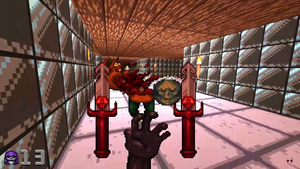Sponsored By
Latest News
Key art for Against the Storm. An anthropomorphized Beaver and Lizard look up at the image of a mask floating over a volcano.
Production
How the small team behind Against the Storm kept scope in check
How the small team behind Against the Storm kept scope in check
Determined to keep from overscoping on Against the Storm, developer Eremite Games built a practical process to predict how long it would take to make the "Rainpunk" citybuilder.
Tips, Talks, and Highlights from GDC 2024
More from GDCGet daily news, dev blogs, and stories from Game Developer straight to your inbox
Subscribe to Game Developer Newsletters to stay caught up with the latest news, design insights, marketing tips, and more
Game Developer Essentials
More resources for devsRead Dev Blogs on Game Developer
See allFrom Our Sponsors
LEARN MORESponsored Content
Mar 8, 2024


































.png?width=300&auto=webp&quality=80&disable=upscale)
